We’re going on a tree hunt...
Posted by Alexandra Ryan on 5th Dec 2022
Our New Forest National Park ambassadors wildboy.and.bugs love going to tree hunts to see what type of trees they can find on their adventures.
Last week was National Tree Week, which for me personally, is one of my favourite weeks of the year! Not only does this week mark the beginning of winter planting season and the encouraging of the nation to get out planting trees, but it is also the week in which we think about all the fantastic ways that trees support our living and wellbeing on Planet Earth! The UK is rich in variety when it comes to the species of trees that our forests have to offer, I wish I could list them all here but that would be a very long read. Instead, I have chosen a few trees that you are most likely to encounter whilst on your outdoor adventures!
So we wrapped up warm in our Spotty Otter gear headed into the forest!
First on the list is the amazing Alder! This swamp-loving, damp-dwelling tree is most likely to be found in wetland or riverside. It is one strong and hardy species of tree that does not start to rot when it gets waterlogged!
One of the easiest ways to identify this tree is to look at its location! Other than finding it in swampy areas, you could look to its bark. Alder bark is rough and greyish in colour which starts to crack as it expands to accommodate growth. Young alder leaves are shiny and slightly sticky to touch whilst mature leaves are rounded with notched edges. The Alder tree flowers with elongated catkins rather than blossoms! When these catkins fall off the tree, my children like to pretend they are little wiggly worms!
It is an old wives’ tale that the flowers of the alder are used to dye fairy clothes, they make a very dark green dye which would help the fae to stay well camouflaged in their tiny forest homes.
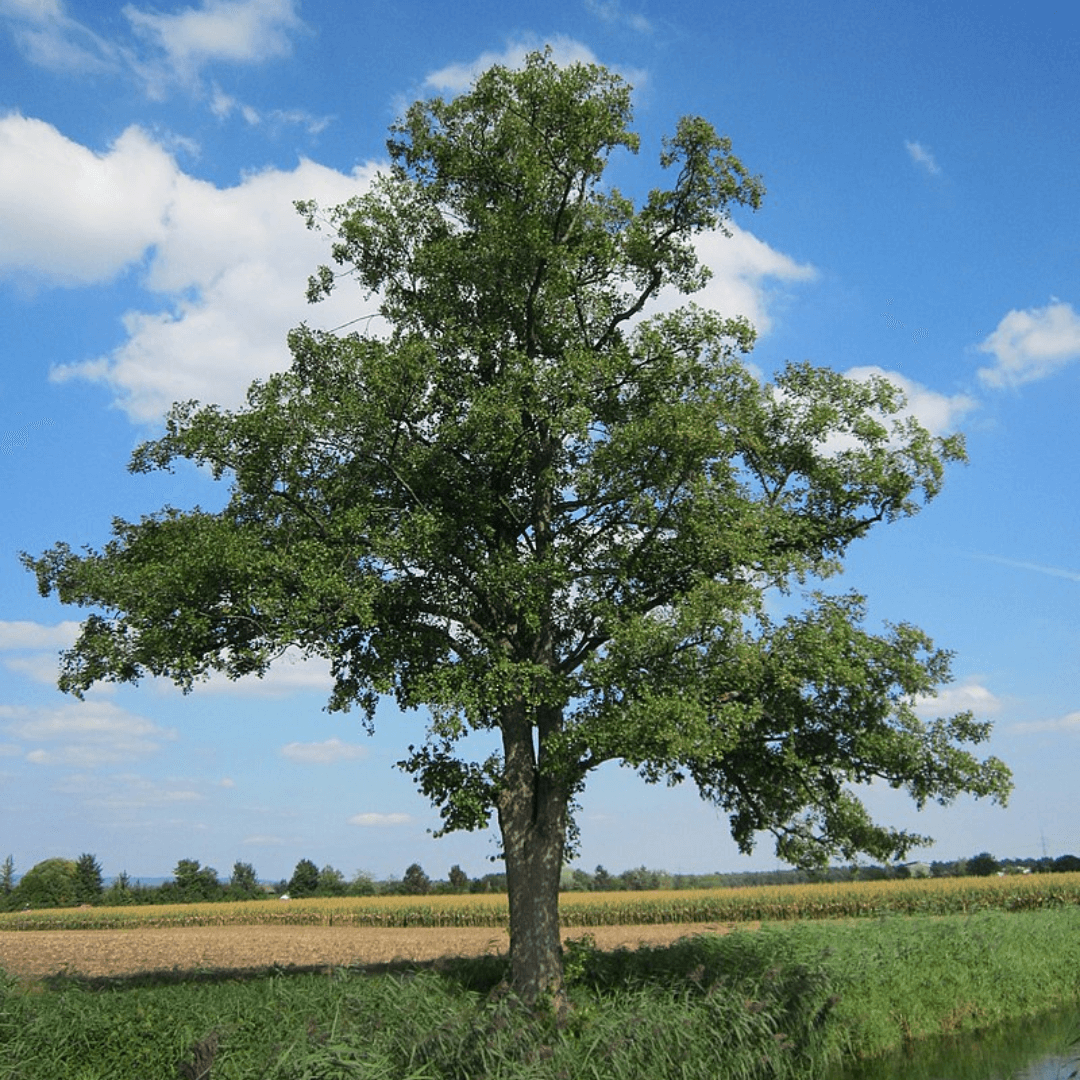
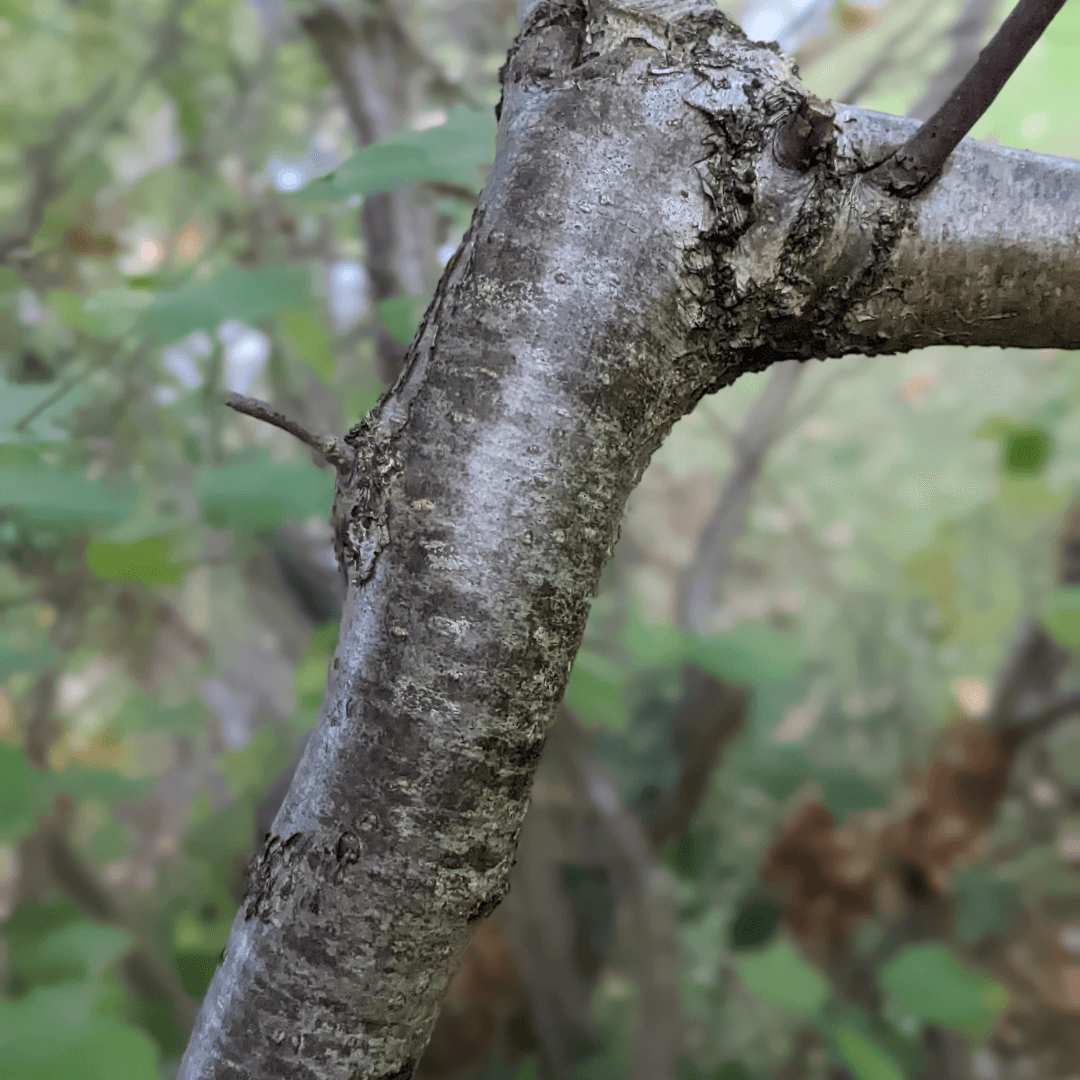
Next on our tree identification journey is the Beech tree, affectionately named Queen of the English forest. Unlike its swampy friend Alder, you won’t find a Beech tree near water, instead you can find this majestic tree in areas with well-drained soils like chalk and limestone!
The bark of Beech is smooth and grey with horizontal etchings and occasionally rippled bark! The leaves are round with pointed tips and notched edges. Young beech leaves have a slightly hairy underside which disappears as the leaves mature.
An interesting fact about Beech trees is that there is a spontaneous genetic mutation which can occur that causes the leaves to develop in a deep purple colour. This variation is named ‘Copper Beech’ and it is truly beautiful.


Continuing on our journey through the forest, we find the Silver Birch. This is an easily recognisable tree, found in dry woodlands, downs and heaths.
Of course, the easiest method of identification for a Silver Birch is the silvery-white bark; occasionally you will see diamond shaped notches in it. The leaves are small, triangular and light green with little teeth-like ridges on the edges.
Did you know that in Celtic mythology, the Silver Birch was a symbol of purification: twigs from a birch tree would be used to drive out spirits of the year passed and were often used in yuletide wreaths to purify the home ready for the year ahead.
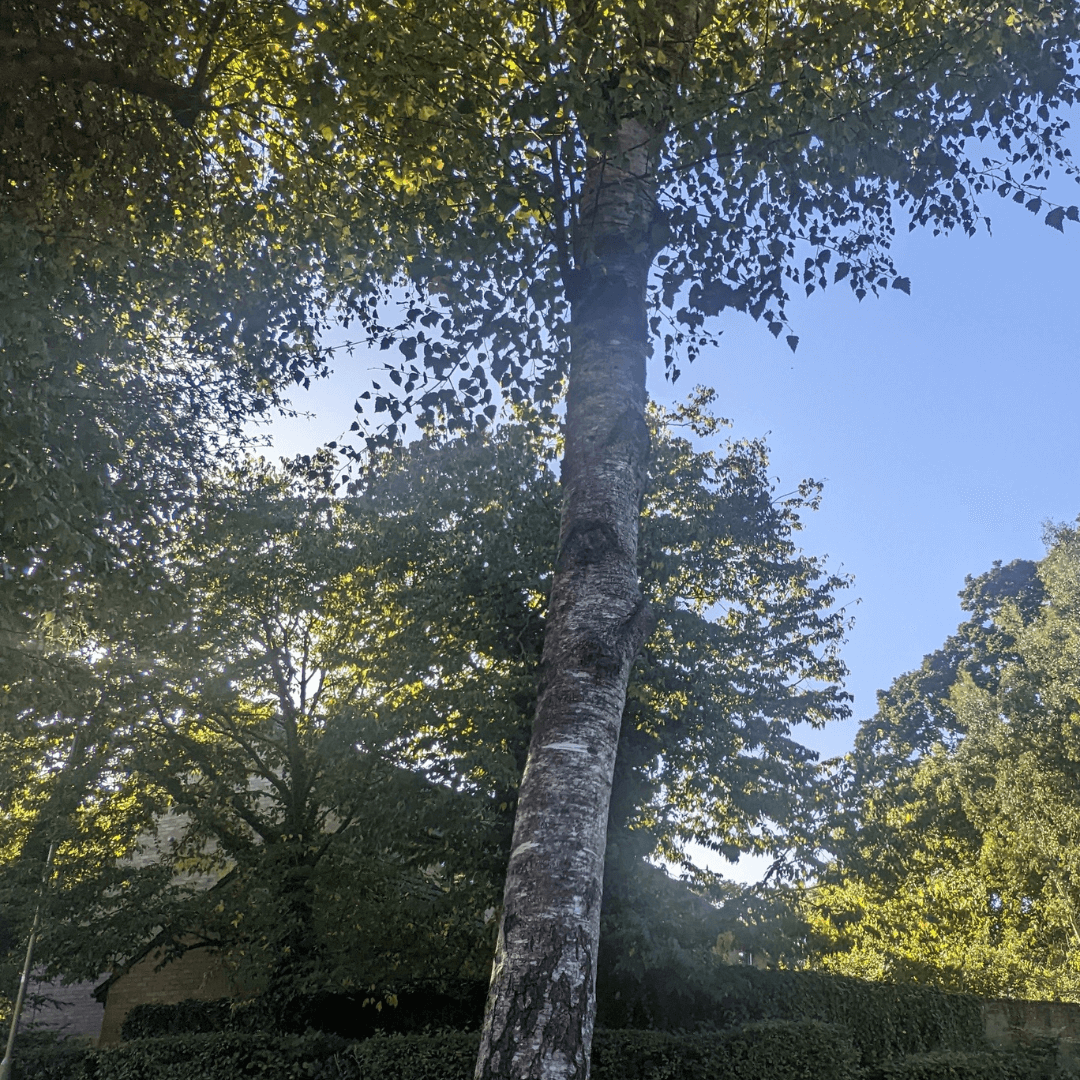

This time of year is the best time of year for the Horse Chestnut. This tree is rarely found in woodland, more so in gardens, parks and lining the streets of the UK.
The easiest way to identify a Horse Chestnut is, of course, conkers. They fall from the tree in round, spiky and green cases with the conker inside. (Conkers are not edible, unlike actual chestnuts which fall from an entirely different tree). The leaves of a Horse Chestnut grow in groups of 5-7 and spread in a fan from a central stem. The leaves are pointed and ridged, in an elongated oval shape. The bark is light brown and scaly.
The Horse Chestnut tree is a non-native tree that was brought over to the UK in the 16th century from Turkey, and legend has it that a conker a day keeps the spiders away!
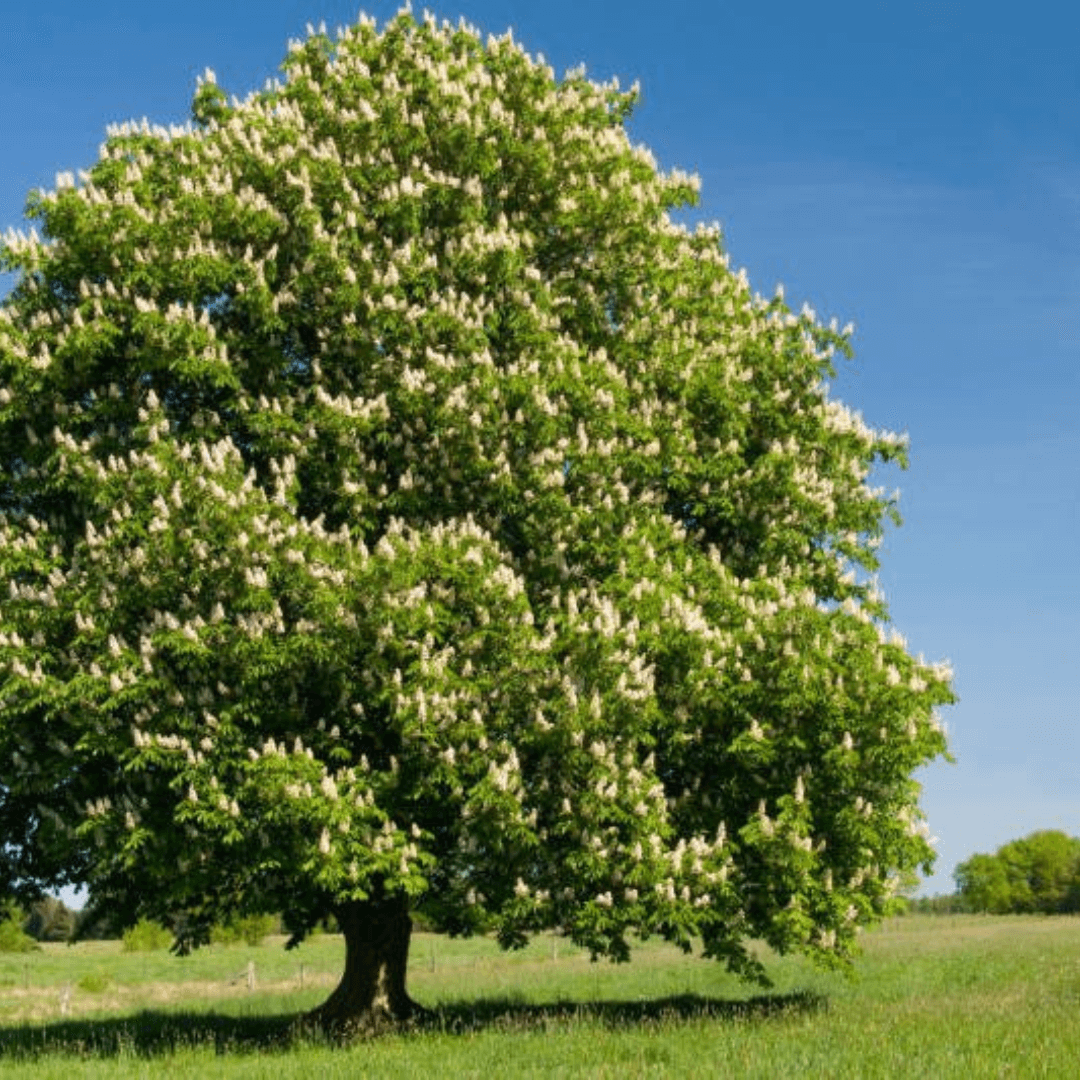
It would not be a walk through the forest if we did not encounter the mighty English Oak – King of the Forest.
This tree is incredibly easy to identify by its distinct leaf shape, they are around 10cm long with deep rounded lobes. The bark is brown with deep ridges that run throughout it. Another way to identify the English Oak is to look for acorns! The biodiversity of an English Oak Forest far surpasses that of any other native forest. You will find thousands of insects, butterflies, birds, bats and fungi amongst this expansive landscape, other large mammals such as deer and badgers feed on the acorns. Where we live in the New Forest, every autumn the pigs are released to eat the acorns from the ground, to prevent them poisoning the ponies that roam the national park.
A fun fact about Oak trees is that they are frequently struck by lightning as they are often the tallest feature in a landscape. They can grow upwards of 40 metres but will sometimes shorten themselves in order to lengthen their lifespan.
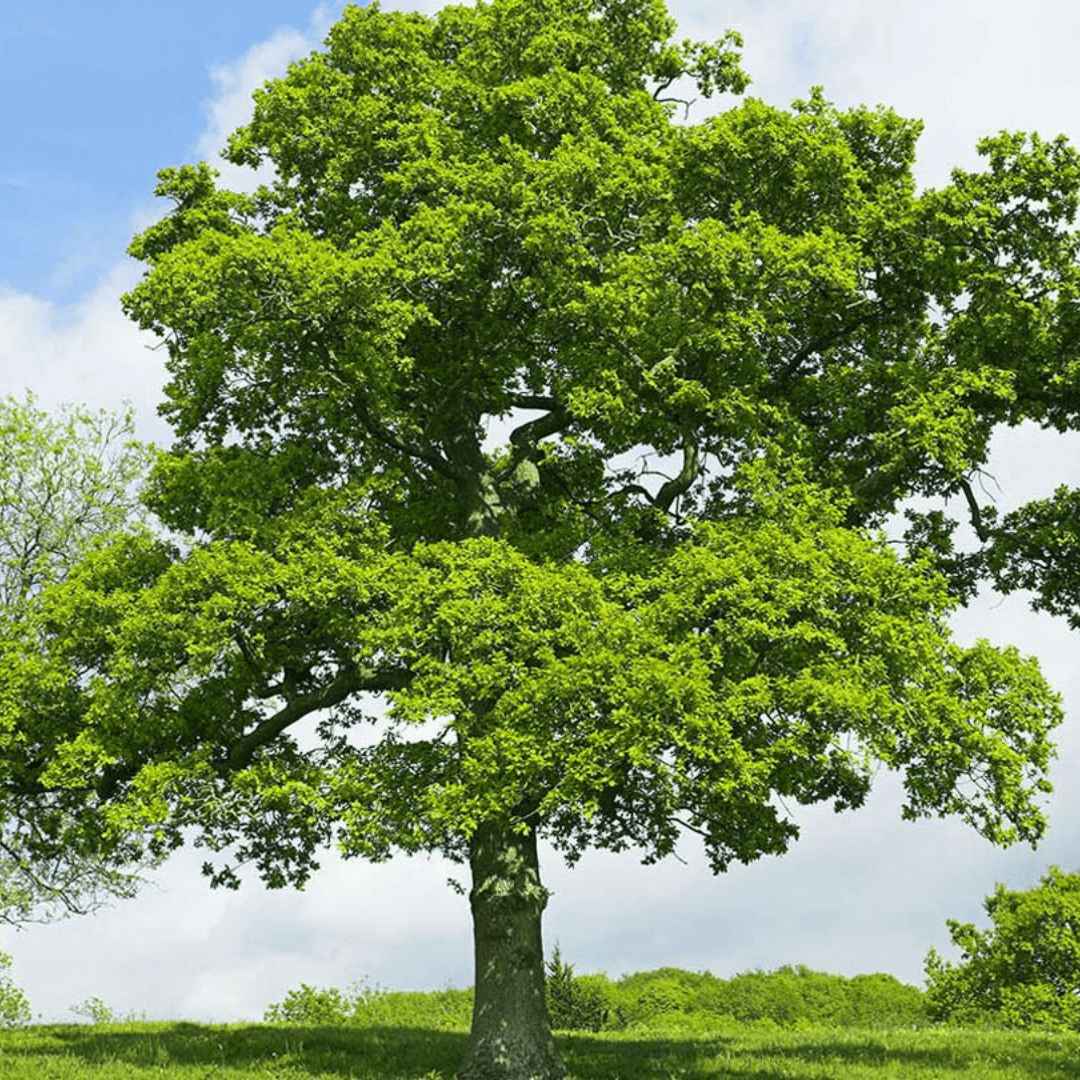
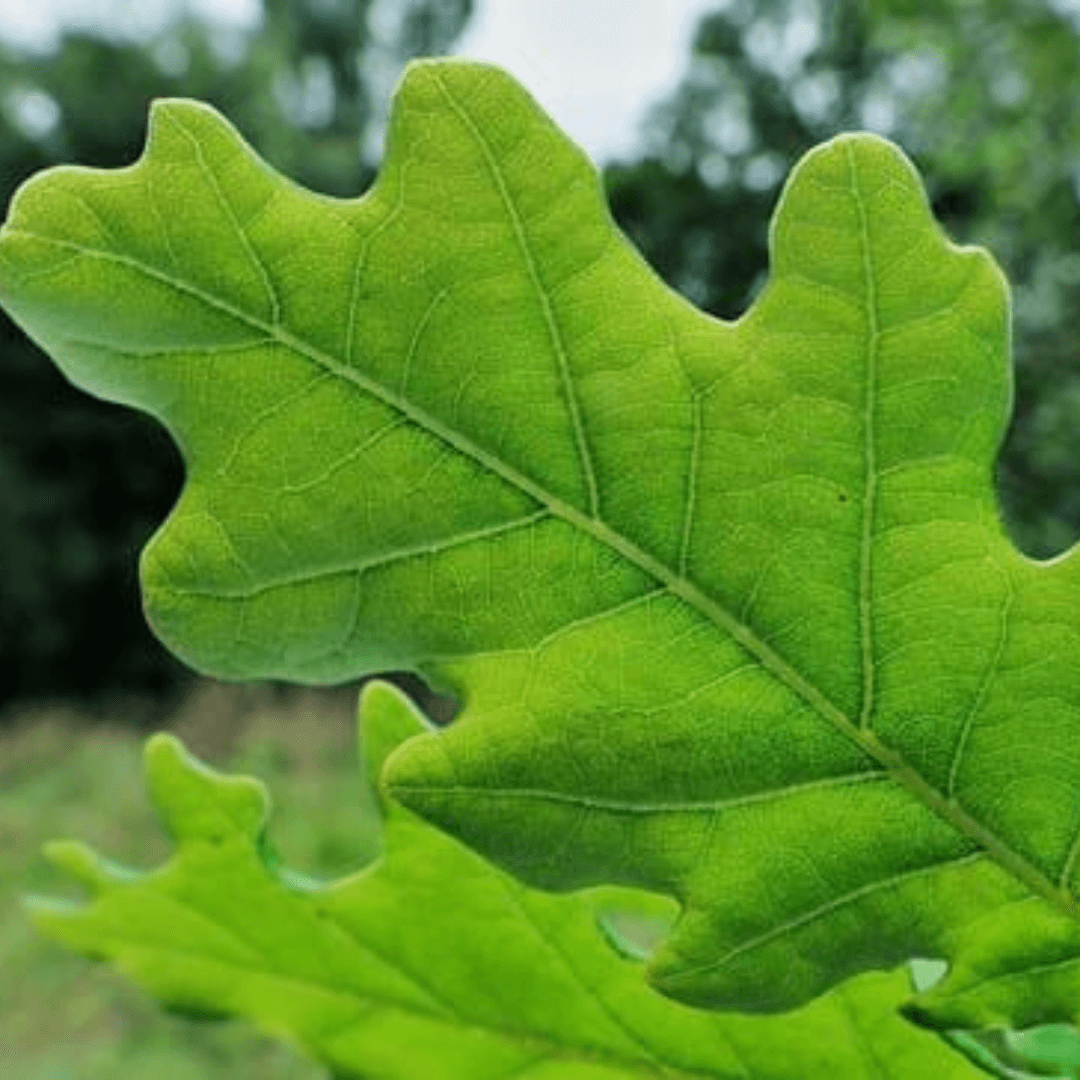
Finally, it would be a crime at this time of year to not mention the beautifully festive Holly tree. You can encounter this tree in woodlands, hedgerows and scrubs. It especially enjoys growing alongside Oak and Beech trees.
Holly leaves are perhaps one of the most easily identifiable leaves of tree-kind. The sharp pointed edges, the shiny dark green colour, growing out in fan shapes, accompanied by bright red berries; a traditional symbol of Christmas time! The bark of a Holly tree is smooth and brown and covered in tiny little wart-like bumps.
Did you know that the easily-recognisable sharp points of a Holly leaf occur as a defence mechanism in response to damage, usually from being cut back by hedge trimmers or nibbled on by wildlife. The leaves learn to grow back with sharp points to prevent them being eaten again. If you look towards the top of a Holly tree, you will see that the leaves are oval shape with smooth edges!

There are many more types of trees that are out there ready to be identified by little Spotty Otter explorers. If you need some help learning what’s what in the forest, The Woodland Trust have a great tree identification app that is available on IOS and Android!

